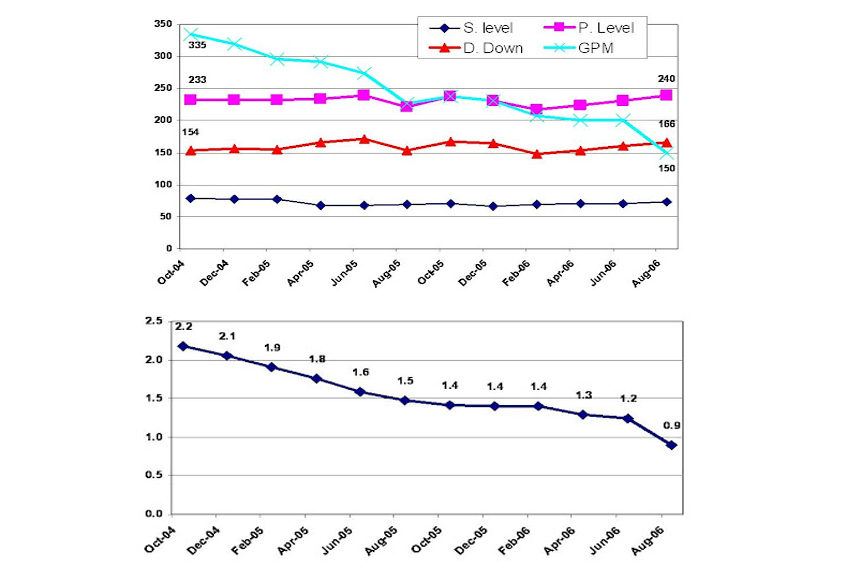Well Productivity

Well Productivity

The SeaQuest Solution
Water wells require regular maintenance to ensure adequate water flow, however, sometimes it is difficult to balance maintenance with the needs of production.
SeaQuest is used extensively to rehabilitate wells within 36 hours chemically.
Because of its strong sequestering properties, high anionic charge, and high specific gravity, SeaQuest targets cationic minerals, binds with them, and removes them from the well during a flush. Typically bleach is added along with SeaQuest to ensure any organic material is also removed. The well is surged a few times, then soaked, then flushed.
The result is typically a dramatic increase in well performance, including specific yield increase, flow increase, and electricity decrease to run the well pumps.
What leads to Well Productivity ?
As a water well ages, the rate at which water may be pumped (well yield) tends to decrease. Reduced well yield over time is typically related to changes in the water well itself, including:
- Well screen or casing corrosion
- Incrustation from mineral deposits like calcium, magnesium, iron, and manganese
- Plugging from slime producing bacteria/biofilm
- Physical plugging of the aquifer
- Sand slippage
- Pump damage
Corrosion / scale build-up on the metal casing and other well components can seriously reduce the useful like of a well.
Excessive acid-rehabilitation well treatments can also significantly accelerate general corrosion and decrease well life.
Dave is the Vice President and General Manager of AquaSmart, and a Chemical Engineer.
